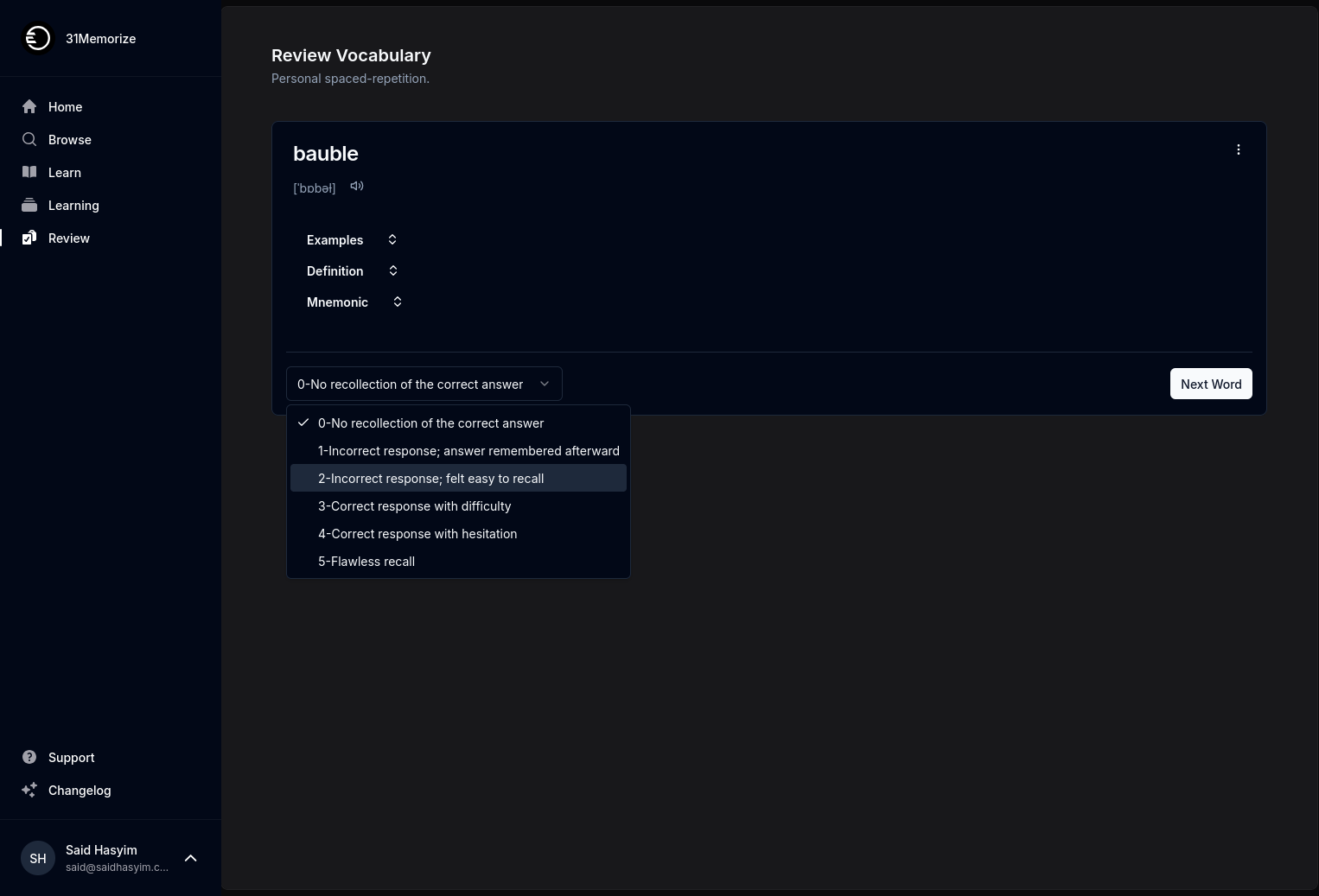Understanding the Algorithms Behind Book Ratings
In the age of digital information, book ratings have become an essential tool for readers looking to navigate an ever-expanding library of literature. Whether you’re scouring Goodreads, Amazon, or independent bookstore websites, book ratings play a pivotal role in shaping reader choices. But how does this rating system work? What algorithms underpin these ratings? In this blog post, we’ll delve into the mechanics of book ratings algorithms, helping you understand what lies behind those stars and numbers.
The Importance of Book Ratings
Before we dive into the algorithms, it's essential to grasp why book ratings matter. Ratings can influence purchasing decisions, highlight popular titles, and even affect a book's visibility in search results. As such, they carry significant weight in the publishing world.
Readers often rely on ratings to gauge a book’s quality, understand its themes, and determine if it aligns with their preferences. For authors and publishers, high ratings can lead to increased sales, while low ratings might necessitate a reevaluation of marketing strategies.
Rating Systems Overview
There are various methodologies employed to calculate and present book ratings, but they generally fall into three main categories:
Simple Average Rating: This is the most straightforward system, where all individual ratings are added together and divided by the number of ratings. For example, if a book receives three ratings: 4 stars, 5 stars, and 3 stars, the average rating would be (4 + 5 + 3) / 3 = 4 stars.
Weighted Average Rating: To address the shortcomings of simple averages—such as the influence of a small number of overly enthusiastic or critical ratings—websites often implement a weighted system. Here, ratings from users may be treated differently based on their history or expertise. For instance, a rating from a user with a long history of accurate reviews may count more than that of a newcomer.
Bayesian Average: This algorithm combines a book's ratings with the average rating of all books to produce a more stable score, especially for books with few ratings. The formula typically considers the total number of ratings, the average rating, and a minimum threshold to ensure there is enough data to produce a reliable score.
Diving Deeper: The Algorithms
1. Simple Average Algorithm
The simple average algorithm is mathematically straightforward:
[ \text{Average Rating} = \frac{\text{Total Ratings}}{\text{Number of Ratings}} ]
While easy to calculate, this method can often be misleading, especially for books with few ratings. For example, a book with one glowing review of 5 stars would receive an impressive average rating despite the lack of critical feedback.
2. Weighted Average Algorithm
To counterbalance the biases of simple averages, the weighted average algorithm adds a layer of complexity. For each user’s rating, factors such as the user’s previous rating patterns, review frequency, and even the date of the review might influence the weight of the rating. The formula can appear quite intricate, as it generally looks like this:
[ \text{Weighted Rating} = \frac{(v \cdot R) + (m \cdot C)}{v + m} ]
In this formula:
- ( v ) = the number of votes for the book
- ( R ) = the average rating of the book
- ( m ) = the minimum votes required to be considered (can vary depending on the platform)
- ( C ) = the mean rating across all books
This method helps ensure that a book with limited ratings but a solid score isn’t drowned out by outlier votes.
3. Bayesian Average Algorithm
The Bayesian average is particularly useful when dealing with new titles that might not have enough ratings. It not only weighs user input but also incorporates the mean rating of the entire dataset. The formula essentially balances the book's rating against the overall average, expressed as:
[ \text{Bayesian Average} = \frac{(v \cdot R) + (m \cdot C)}{v + m} ]
Where:
- ( C ) represents the overall average rating for the dataset.
- ( m ) serves as the minimum number of votes required before a book can be rated.
This model offers a more rounded approach to rating books, ensuring that newcomers are not unfairly lambasted or overly praised due to a lack of ratings.
Factors Influencing Ratings
While the algorithms guide the numerical representation of a book's quality, several factors can influence how users assign ratings:
1. Reviewer Credibility
Few platforms assess the credibility of the reviewer. Established reviewers may have more weight in the rating process, leading to a more nuanced representation of a book’s quality.
2. Timing
The timing of reviews can also play a role. For instance, a book may receive numerous enthusiastic ratings upon release, which can skew averages. Over time, as more critics weigh in, ratings can change and stabilize.
3. User Bias
Human emotions and biases cannot be disregarded. Readers may rate a book higher due to personal associations or lower due to unmet expectations.
Conclusion
Understanding the algorithms behind book ratings enhances our appreciation of how these ratings come to be. As readers, grasping the intricacies of rating systems allows us to make more informed decisions and to recognize that a single rating does not define a book's value.
Whether you trust the Bayesian average, weighted ratings, or simple averages, it's essential to consider the context of the ratings you encounter. By combining ratings insights and your personal reading preferences, you can navigate the literary landscape with greater confidence, ultimately finding the books that resonate most with you.
In a world driven by data, the algorithms behind book ratings become essential, shaping the way we interact with literature and, perhaps, helping foster the next great literary discovery. Happy reading!
